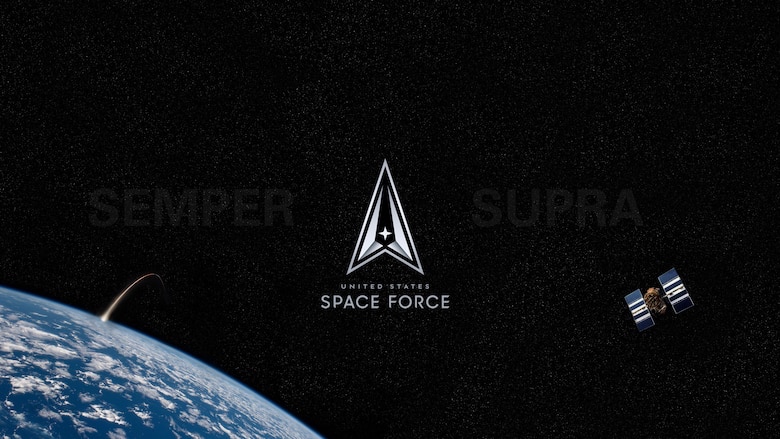SDA Goal to Field 8 ‘FOO Fighter’ Satellite Constellation

Photo: U.S. Space Force
The U.S. Space Force’s Space Development Agency (SDA) wants companies to submit proposals by Jan. 19 for a four to eight satellite constellation to detect/track hypersonic and other advanced missiles of potential U.S. adversaries.
The SDA’s customary Other Transaction Authority agreement seeks “the design, fabrication and launch” of four to eight satellites with electro-optical/infrared (EO/IR) sensors for the Fire-control On Orbit-support-to-the-war constellation, termed FOO Fighter, or F2, by SDA.
“SDA plans to purchase and deploy 8 F2 SVs [space vehicles] with EO/IR sensors with awards made to one or two vendors,” according to a Dec. 1 business notice.
“The F2 system will accelerate the ability to provide fire-control in support of global detection, warning, and precision tracking of advanced missile threats, including hypersonic missile systems,” SDA said. “F2 will demonstrate advanced missile defense capability by incorporating fire control-quality sensors into a scalable prototype constellation. SDA may also acquire additional satellites and sensor payloads under awards resulting from this solicitation to inform requirements and constellation design.”
SDA said that one government launch will carry the prototype F2 constellation into orbit no later than the fourth quarter of fiscal 2026.
DoD has said that it is shifting its focus from low numbers of geosynchronous orbit (GEO) missile warning/missile tracking satellites to more numerous ones in Low-Earth Orbit (LEO) and Medium-Earth Orbit in order to counter advanced missiles.
The Epoch 1 and 2 efforts by the Space Force Space Systems Command (SSC) may lead to 27 missile warning/missile tracking satellites in MEO, and Space Force may field another 100 in LEO.
SDA’s Tracking Layer is to dovetail with SSC’s Epoch. While SDA has two-year “Tranche” development cycles, SSC has its own three-year “Epochs.”